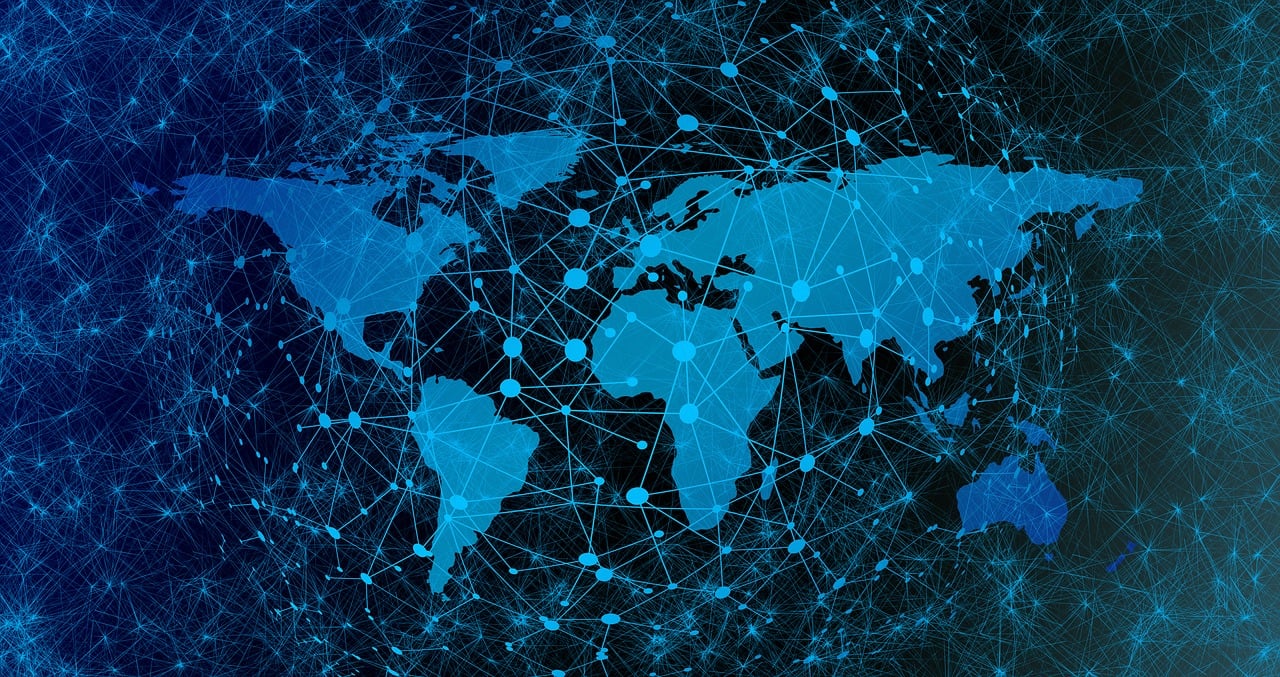Title: The Art and Science of Water Resources Monitoring: A Water Resource Specialists Perspective
Water is a fundamental resource for human survival, and as such, its quality and availability are critical factors that influence public health and economic prosperity. In recent years, water resources management has gained significant attention worldwide due to the increasing demand for freshwater, climate change impacts, and environmental degradation. One of the essential components of this management is the role of water resources specialists, particularly water resource monitoring staff. This article aims to provide an in-depth look at how water resource monitors operate, their daily tasks, challenges, and future prospects.
The Role of a Water Resource Monitor
A water resource monitor is responsible for collecting, analyzing, and interpreting data related to water quality, quantity, and usage. Their work primarily involves the use of specialized equipment and technologies to measure various water parameters, such as temperature, pH, dissolved oxygen, and sedimentation rates. The information collected helps stakeholders make informed decisions regarding water management, including allocation, treatment, and distribution.
Key Responsibilities of a Water Resource Monitor

1. Collecting Data: Water resource monitors use various sensors, such as conductivity probes, pH meters, and DO sensors, to collect water quality parameters from different locations. They may also collect data on water flow rates, water levels, and usage patterns to gain a comprehensive understanding of water systems.
2. Data Analysis: Once the data is collected, water resource monitors use specialized software to analyze and interpret the results. They may compare the data with historical records or industry benchmarks to identify any anomalies or potential issues.
3. Reporting: Water resource monitors generate reports that summarize the findings from their data analysis. These reports are crucial in informing decision-makers about the current state of water resources and any potential concerns that need addressing.
4. Compliance Monitoring: Water resource monitors ensure that facilities such as sewage treatment plants, drinking water treatment plants, and irrigation systems comply with regulatory requirements related to water quality and usage. They may conduct regular inspections or perform testing as required by local or federal regulations.
5. Education and Outreach: Water resource monitors play an important role in educating the public about water conservation, best practices for using water efficiently, and the importance of maintaining clean water sources. They may participate in community events or workshops to raise awareness about these issues.
Daily Tasks of a Water Resource Monitor

Water resource monitors have a diverse range of responsibilities that require them to be adaptable and skilled in multiple areas. Some typical daily tasks include:
1. Planning and Preparation: Before heading out to collect data or conduct inspections, water resource monitors need to plan their day carefully. This includes identifying the sites they will visit, gathering any necessary equipment or supplies, and reviewing weather forecasts or other relevant information that may impact their work.
2. Collecting Data: During data collection sessions, water resource monitors use specialized equipment to measure various water parameters. This may involve placing sensors in water streams or rivers, collecting samples from wastewater treatment plants, or monitoring soil moisture levels near reservoirs.
3. Analyzing Data: Once the data is collected, water resource monitors spend time analyzing it using software tools designed for their specific job. This may involve looking for trends over time or comparing different datasets to identify potential issues.
4. Documenting Findings: To ensure that their findings are accurate and can be easily shared with others, water resource monitors document their observations and analysis in detailed records or reports. This information is valuable for tracking changes over time and making informed decisions about water management strategies.
Challenges Faced by Water Resource Monitors

Despite the vital role they play in ensuring the integrity of our water resources, water resource monitors face numerous challenges throughout their work. Some common challenges include:
1. Weather-Dependent Operations: Many water resource monitoring activities are subject to weather conditions such as high temperatures, low rainfall, or severe wind. This can impact the accuracy of data collection and analysis, especially during droughts when there is less available water to study.
2. Limited Access to Facilities: In some areas, access to critical facilities such as wastewater treatment plants or drinking water treatment facilities may be restricted due to security concerns or logistical challenges. This can make it difficult for water resource monitors to conduct their work effectively and gather reliable data.
3. Lack of Technical Expertise: Some water resource monitoring tasks require advanced technical skills and knowledge about specific equipment or software applications. While many monitor
Articles related to the knowledge points of this article:
Title: Developing a Real-Time Monitoring System for Hydrological and Mesospheric Meteorological Data
Hydro-Meteorological Monitoring System: Application and Benefits
Hydrologic Monitoring and Hydraulic Monitoring: Differences and Similarities
安徽中小河流水文 Monitoring: A Comprehensive Analysis of River Flow and Its Impact on Ecosystem